- Liliaceae
- Lamiaceae
- Euphorbiaceae
- Leguminosae
- Zingiberaceae
- Chloranthaceae
- Campanulaceae
- Asteraceae
- Acanthaceae
- Orchidaceae
- Polygonaceae
- Ranunculaceae
- Vitaceae
- Rubiaceae
- Solanaceae
- Thymelaeaceae
- Saururaceae
- Moraceae
- Polypodiaceae
- Myrtaceae
- Araceae
- Adiantaceae
- Schisandraceae
- Amaranthaceae
- Berberidaceae
- Araliaceae
- Taxaceae
- Cucurbitaceae
- Apiaceae
- Guttiferae
- Scrophulariaceae
- Papilionaceae
- Caprifoliaceae
- Elaeagnaceae
- Apocynaceae
- Brassicaceae
- Papaveraceae
- Gentianaceae
- Paeoniaceae
- Lauraceae
- Punicaceae
- Nyssaceae
- Ephedraceae
- Gnetaceae
- Polygalaceae
- Violaceae
- Ginkgoaceae
- Cupressaceae
- Dipsacaceae
- Eucommiaceae
- Juglandaceae
- Dryopteridaceae
- Rosaceae
- Huperziaceae
- Caryophyllaceae
- Rhamnaceae
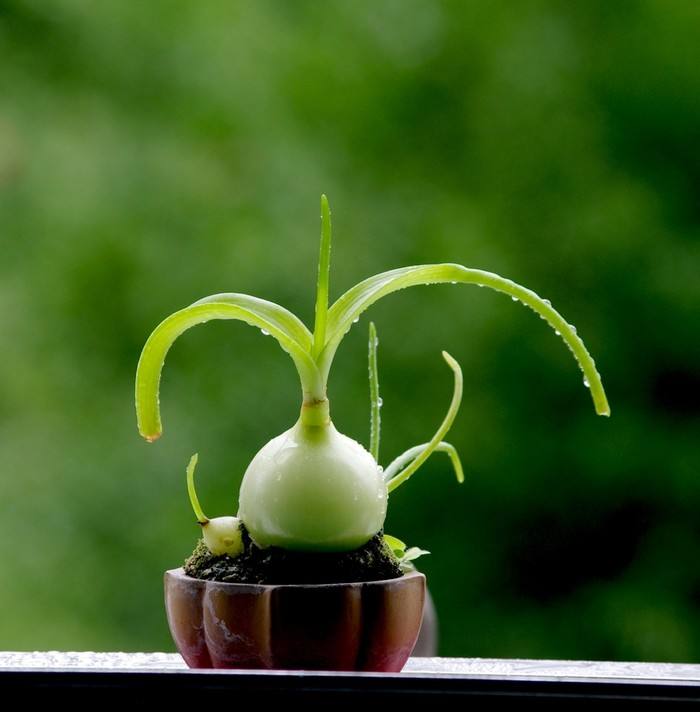
Ornithogalum caudatum
- Introduction
- Download
Blast
Ornithogalum caudatum, rich in anti-cancer steroidal saponins and polysaccharides, an annual herb originally distributed in southern Africa and introduced to ancient China, was known in Chinese folk medicine as exhibiting anticancer, antimicrobial and anti-inflammatory activities.
Year: 2016
Institution: Institute of Materia Medica, Chinese Academy of Medical Sciences & Peking Union Medical College (State Key Laboratory of Bioactive Substance and Function of Natural Medicines & Ministry of Health Key Laboratory of Biosynthesis of Natural Products), Beijing, 100050, China.
Material: -
Download: http://www.herbal-genome.cn/index.php?m=content&c=index&a=show&catid=100&id=121
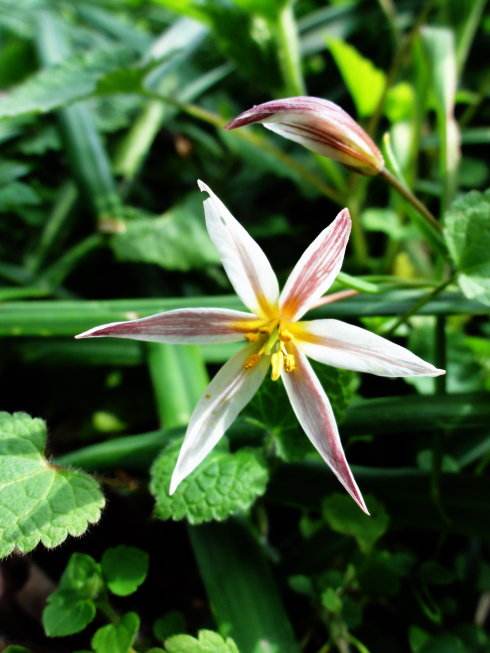
Tulipa edulis (Miq.) Baker
- Introduction
- Download
Blast
Tulipa edulis (Miq.) Baker is a perennial herb in the Liliaceae family. The bulb has been used in traditional Chinese medicine (TCM) under the common name “Guangcigu” and is widely used in the treatment of sore throat, scrofula, ulcer and postpartum blood stasis. Currently, Guangcigu is also an important medicine for the treatment of a variety of tumors, such as throat cancer, lymphoma, and breast cancer.
Year: 2016
Institution: Institute of Chinese Medicinal Materials, Nanjing Agricultural University, Nanjing, China, 2 College of Pharmacy, Henan University of Chinese Medicine, Zhengzhou, China
Material: Anhui, China.
Download: http://www.herbal-genome.cn/index.php?m=content&c=index&a=show&catid=100&id=120

Allium sativum
- Introduction
- Download
Blast
Allium sativum, commonly known as garlic, is a species in the onion genus, Allium. It was known to Ancient Egyptians, and has been used for both culinary and medicinal purposes.
Year:2012
Institution:State Key Laboratory of Crop Biology, College of Horticulture Science and Engineering, Shandong Agricultural University
Material: -
Data link:http://www.herbal-genome.cn/index.php?m=content&c=index&a=show&catid=100&id=13
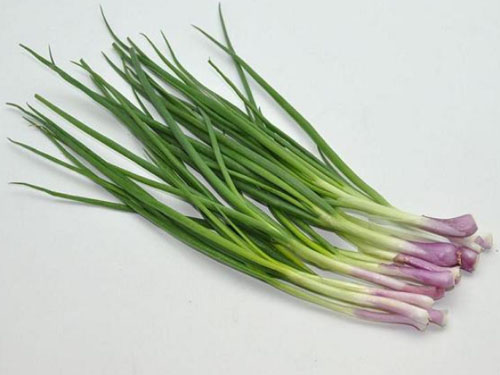
Allium fistulosum L.
- Introduction
- Download
Blast
Allium fistulosum L. (Welsh onion, Japanese bunching onion, bunching onion) is a species of perennial onion, also can treat cold typhoid fever or other symptoms.
Year:2014
Institution:Beijing Vegetable Research Center, Beijing Academy of Agriculture and Forestry Sciences/Key Laboratory of Biology and Genetic Improvement of Horticultural Crops (North China), Ministry of Agriculture, Beijing
Material: -
Data link:http://www.herbal-genome.cn/index.php?m=content&c=index&a=show&catid=100&id=12
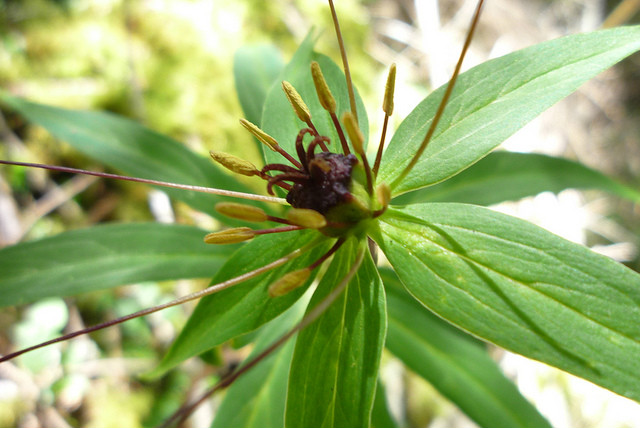
Paris polyphylla
- Introduction
- Download
Blast
Paris polyphylla is an Asian species of plants native to China, the Indian Subcontinent, and Indochina It is also a traditional Chinese herb used for boils, swelling, sore throats, snake bitten by insect, fell pain, epilepsy.
Year:2013
Institution:Institute of Medicinal Plants Development, Chinese Academy of Medical Sciences & Peking Union Medical College
Material: Yunnan
Data link:http://www.herbal-genome.cn/index.php?m=content&c=index&a=show&catid=100&id=11

Aspidistra elatior Blume.
- Introduction
- Download
Blast
Aspidistra elatior Blume, a member of Liliaceae, is a traditional Chinese medicinal herb and ornamental plant species Its rhizomes and leaves show diuresis, abirritation and detumescence effects on certain illnesses For a long time it has been used in China to cure injuries from falls, as well as rheumatic fever and rheumatism In recent years, research into its biochemical constituents was mainly focused on the steroidal compounds
Year:2016
Institution:South China Botanical Garden, Chinese Academy of Sciences
Yunnan Agricultural University
Data Link:http://www.herbal-genome.cn/index.php?m=content&c=index&a=show&catid=100&id=10
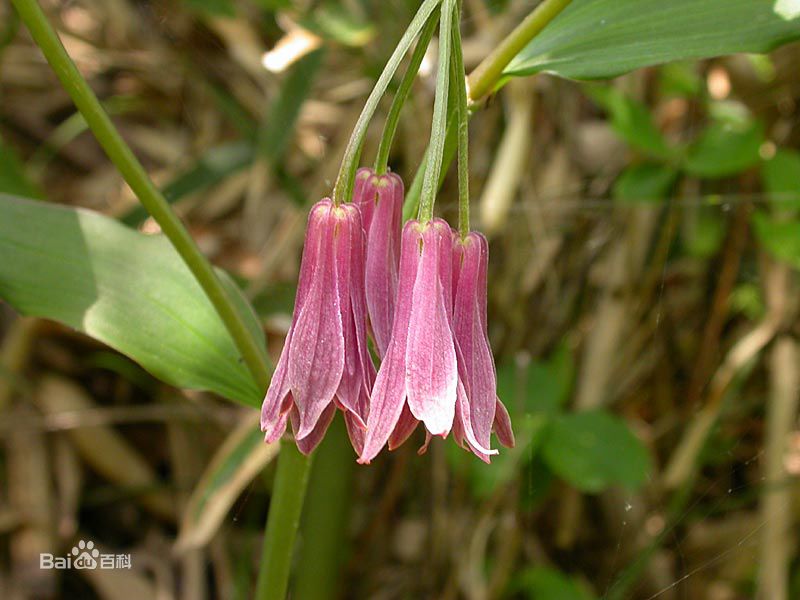
Disporum cantoniense (Lour.) Merr
- Introduction
- Download
Blast
Disporum cantoniense (Lour.) Merr is a rare medicinal herbs and miao medicine. Belongs to the perennial plant, 700-3000 meters above sea level. In China, Sikkim, Bhutan, Nepal, India and Thailand, the root and rhizome are medicine part and have the effect on cough.
Year:2016
Institution:South China Botanical Garden, Chinese Academy of Sciences
Yunnan Agricultural University
Data Link: http://www.herbal-genome.cn/index.php?m=content&c=index&a=show&catid=100&id=9
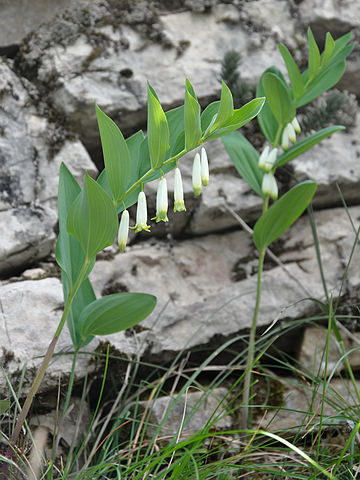
Polygonatum odoratum (Mill.) Druce
- Introduction
- Download
Blast
Polygonatum odoratum (Mill.) Druce,used in traditional Mongolian medicine for the treatment of weakness, impotence, diseases of the kidneys, gonorrhea, pains in the back and legs, coughing, tuberculosis, yellow liquorstasis, and diabetes.
1
Year:2016
Institution:South China Botanical Garden, Chinese Academy of Sciences
Yunnan Agricultural University
Material:Guangzhou
2
Year:2016
Institution:South China Botanical Garden, Chinese Academy of Sciences
Yunnan Agricultural University
Material:Wuhan
Data Link: http://www.herbal-genome.cn/index.php?m=content&c=index&a=show&catid=100&id=8
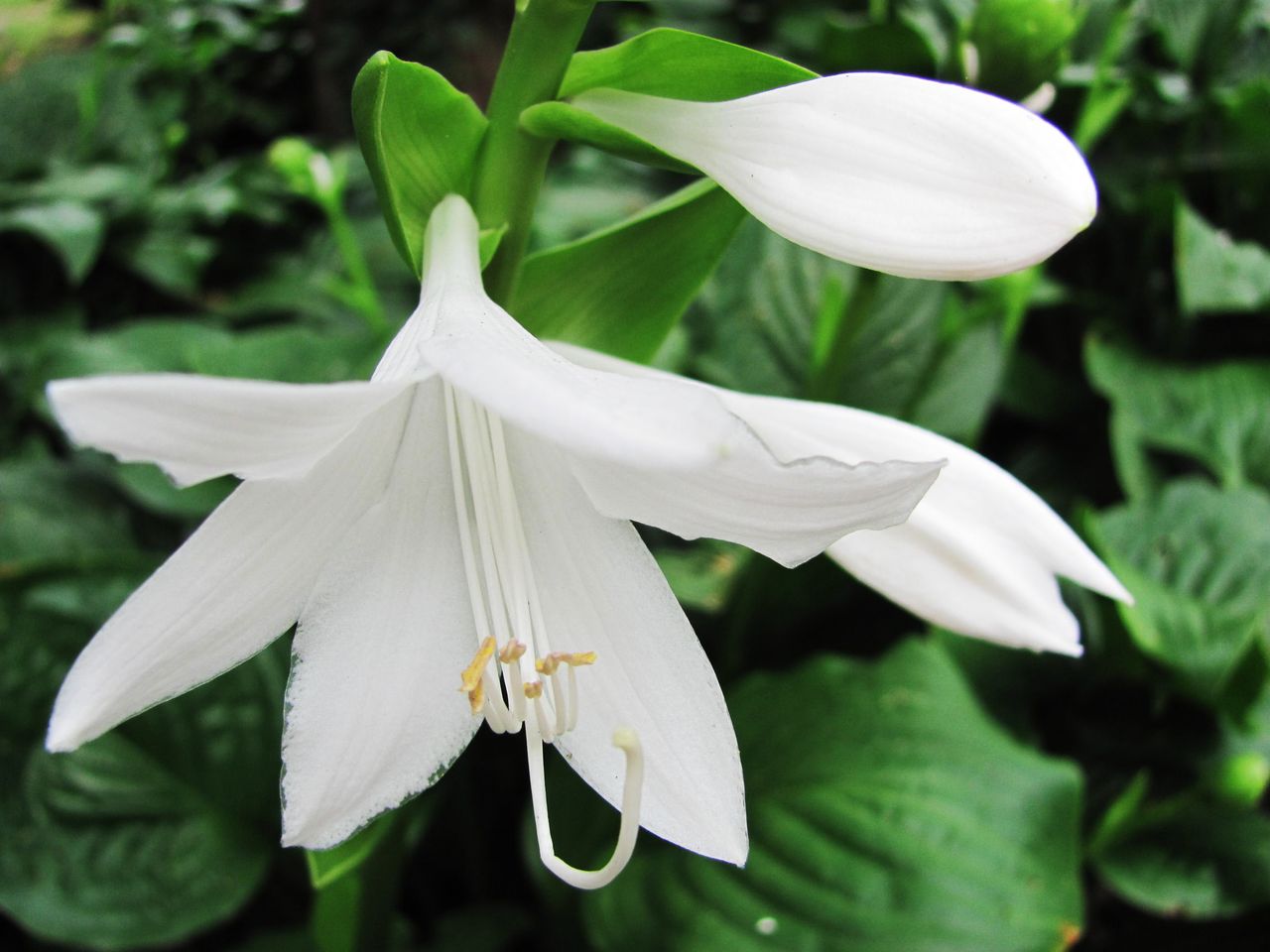
Hosta plantaginea (Lam.) Aschers
- Introduction
- Download
Blast
Hosta plantaginea (Lam. ) Aschers, native to northeast Asia (China, Japan, Korea, and the Russian Far East). Their young leaves and buds are edible, meanwhile the leaves and rhizome have been used as an important folk medicine in China and Japan. Hosta species are used to treat various conditions such as mastitis, otitis media, folliculitis, pharyngolaryngitis, urethritis, dysmenorrhea and snake bites.
Year:2016
Institution:South China Botanical Garden, Chinese Academy of Sciences
Yunnan Agricultural University
Data Link: http://www.herbal-genome.cn/index.php?m=content&c=index&a=show&catid=100&id=7
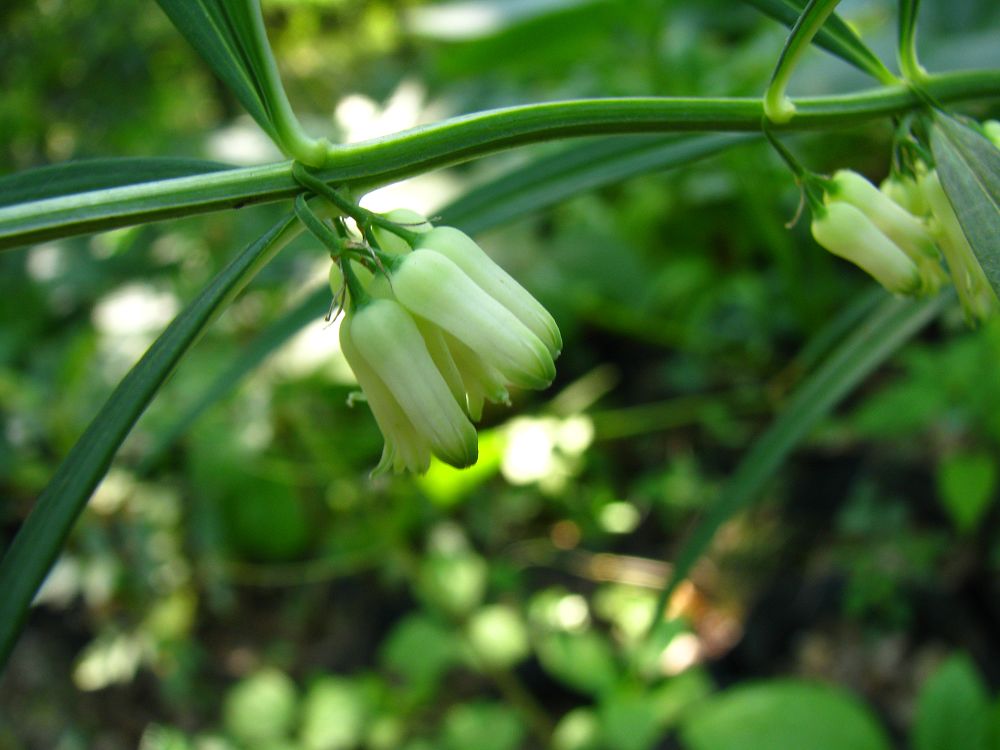
Polygonatum sibiricum Delar. ex Redoute
- Introduction
- Download
Blast
Polygonatum sibiricum Delar ex Redoute,belonging to the family of Liliaceae, is a folk medicine widely used in China, Korea and Japan In traditional Chinese medicine, P sibiricum is used mainly for the treatment of cough, dizziness and lung trouble Pharmacological studies indicate that P sibiricum may stimulate immune system, decrease blood glucose and lipid levels, and prevent aging The reported chemical constituents of P sibiricum include steroid saponins, flavones, alkaloids, lignins, amino acids, and carbohydrates
1
Year:2016
Institution:South China Botanical Garden, Chinese Academy of Sciences
Yunnan Agricultural University
Data Link: http://www.herbal-genome.cn/index.php?m=content&c=index&a=show&catid=100&id=6